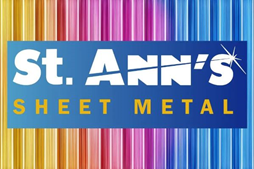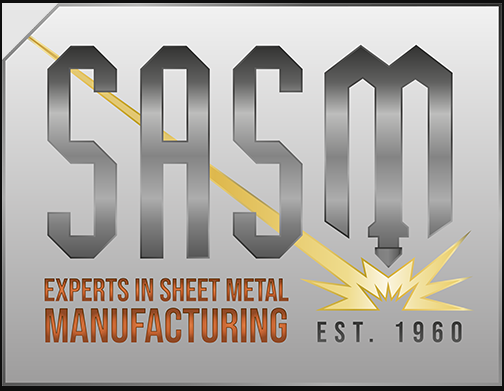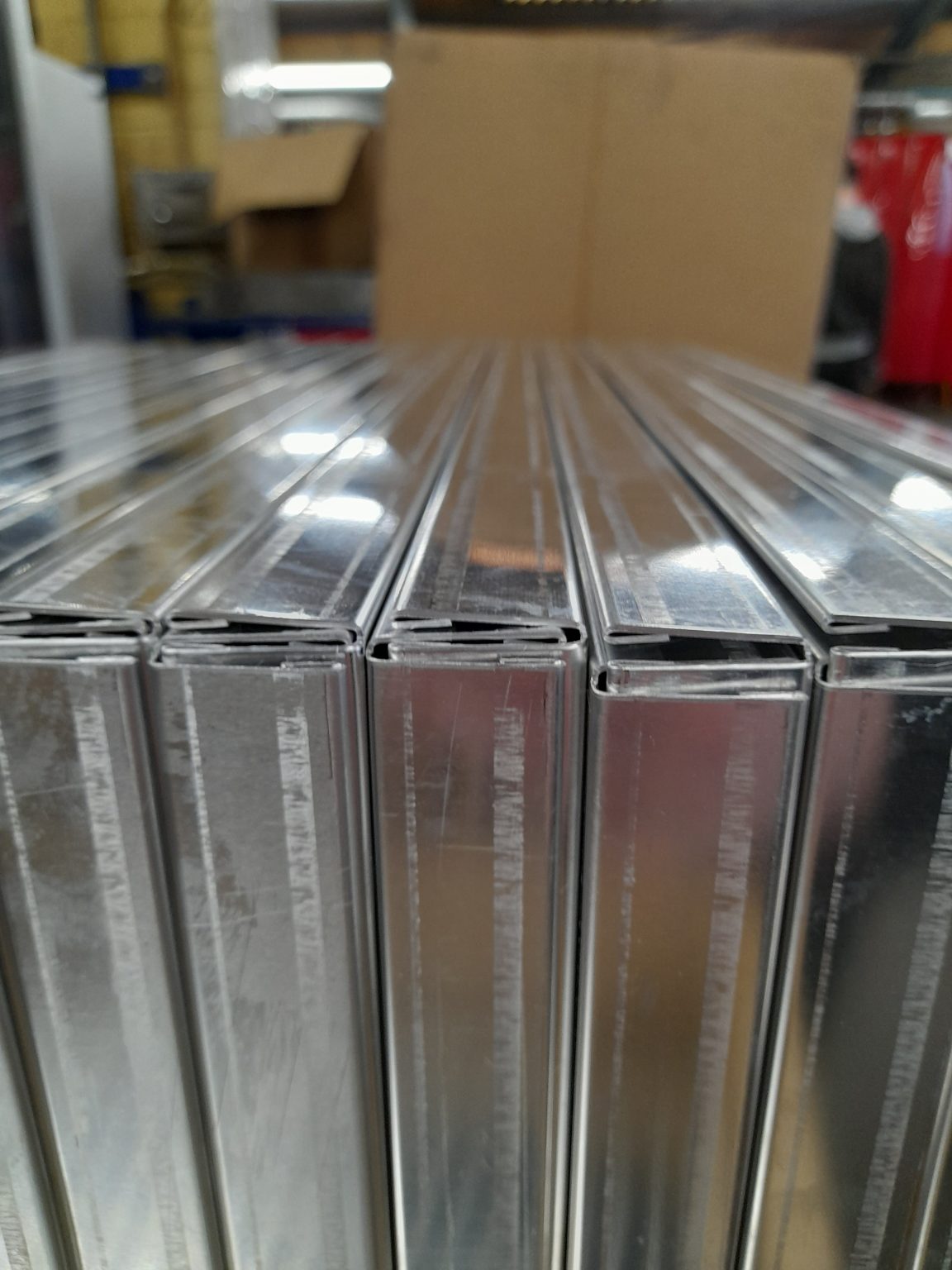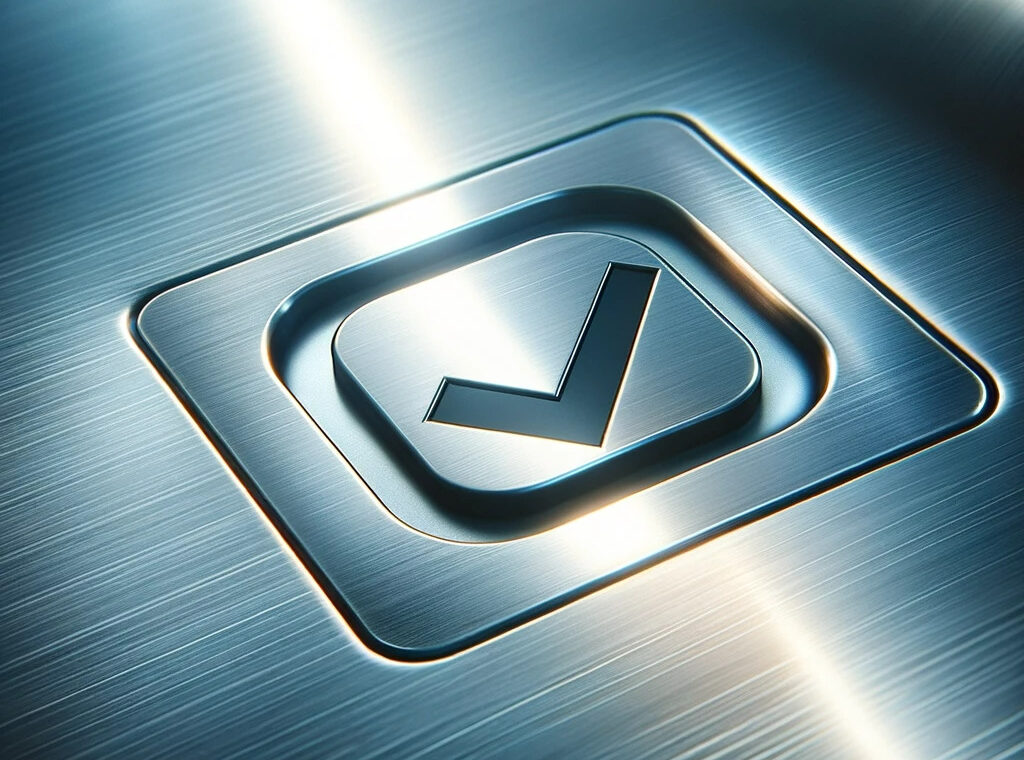LASER OR WATER JET CUTTING SHEET METAL – WHAT’S RIGHT FOR YOU?
08-11-2022
Visit the Saint Anns (St. Anns) Sheet Metal Co Ltd website for more information on LASER OR WATER JET CUTTING SHEET METAL – WHAT’S RIGHT FOR YOU?





